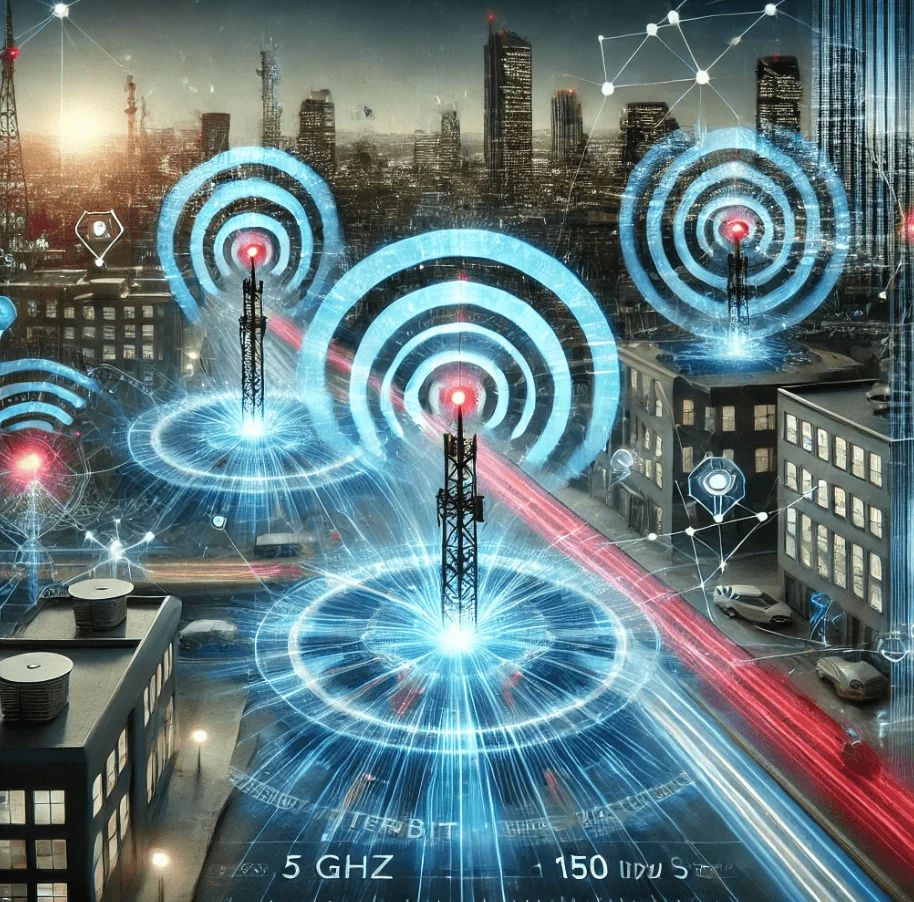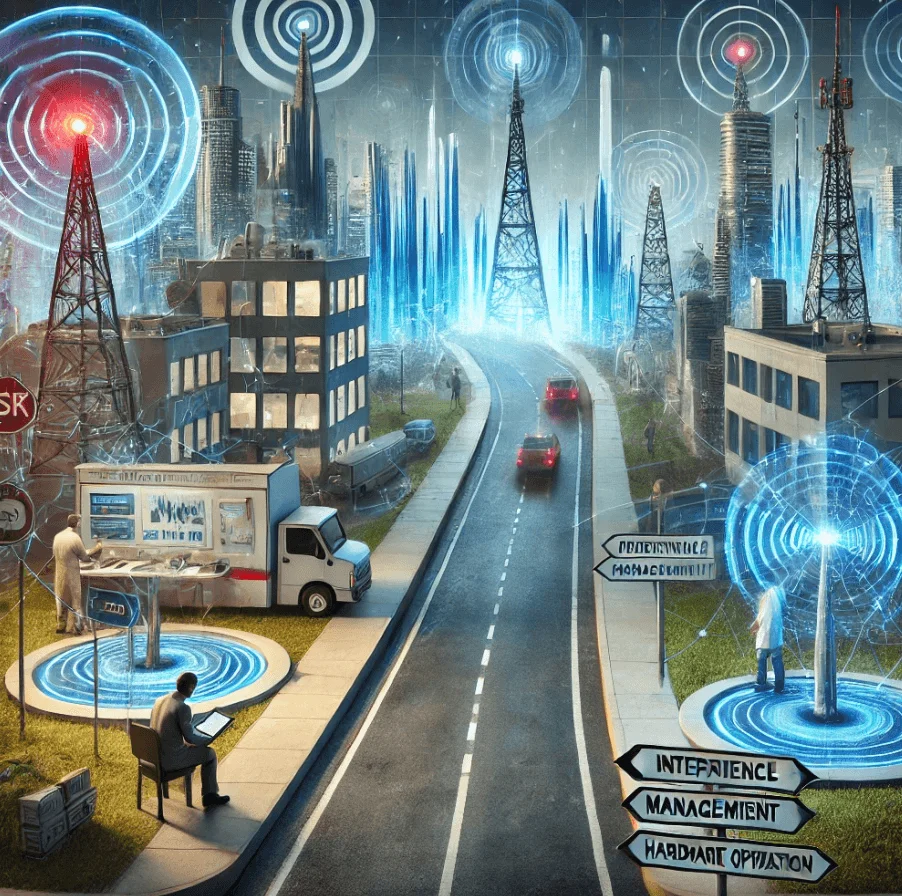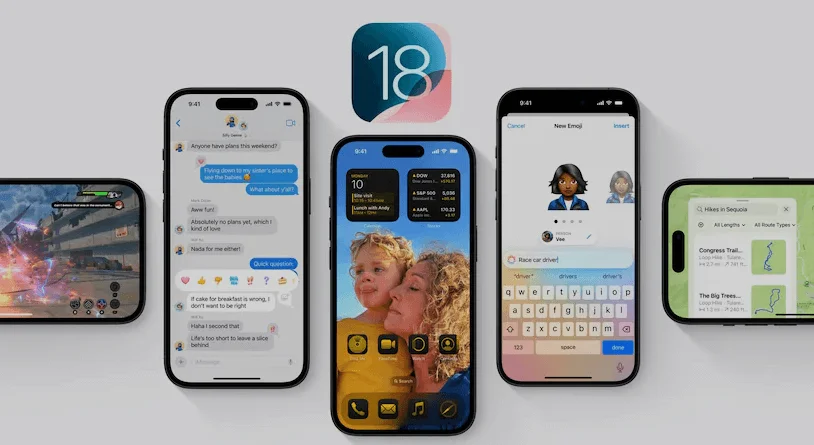
Wireless technology is now expanding in terms of advancement for speed and connectivity where there claims of creating better methods of data transfer. But in practice, the real achieved speed is significantly lower than the declared one and even the leading 5G starts with the mere tenth of it. A University College London (UCL) team of researchers has come up with a discovery that may greatly change wireless communications. Together with radio waves and light, they set a record of reaching 938 Gbps the rates mentioned earlier are still far from Tbps.
This innovation always presents a drastic shift in the technology of wireless data communication which in a way gives an outlook into what will be possible with high-speed wireless communication applications currently restricted by data rates.
The Limits of Current Wireless Technology
Wireless technology is currently the most rapidly developing area of technology but it has clear limitations. The current 5G network is said to have a maximum throughput of 20Gbps but the user cannot enjoy this speed due to limitations. Some other issues such as congestion in the network, modem speed, and limited availability of frequency spectrum reduce the actual capabilities attained. Fiber-optic systems are ideal for transmitting data at very high speeds over long distances, but the link between fiber networks and wireless devices like smartphones usually poses a problem.
Like voice, wireless spectrum that defines how data is transmitted on the airwaves is also a limited commodity. Wireless communication network providers must work at precise frequencies because strict constraints limit the total amount of data they can transmit wirelessly at any one time. This constraint makes it impossible not to follow the growth of demand for high-speed data access for even the most advanced networks.
“Current wireless communication systems are struggling to keep up with the increasing demand for high-speed data access, with capacity in the last few meters between the user and the fiber optic network holding us back,” said Zhixin Liu, the lead researcher of the UCL study.
A Hybrid System: Merging Radio Waves and Light
To overcome these limitations, the UCL team has created a radio-photonic system that transmits data across a very wide frequency range from 5GHz up to 150 GHz. This novel approach combines the primary type of wireless communication signals; radio waves and light-based photonic signals with the best features to accomplish the highest data rate ever.
How It Works
- Radio Wave Component
- Frequencies ranging from 5 GHz to 50 GHz were used to provide similar signal characteristics to the currently existing 5G frequency.
- Other frequencies include mid-band and millimeter-wave (mmWave), which promise high data rates in short ranges.
- Photonic Component
- Light-based radio signal generators handled frequencies from 50 GHz to 150 GHz.
- This photonic segment extends the frequency range beyond what traditional wireless technologies can achieve, enabling ultra-high-speed communication.
The integration between radio and photonic signals provided a peak rate of 938 Gbps which is approximately 30 % higher than the previous record of non-wired data transmission. The system could theoretically download a 14 GB 4K movie in 0.14 seconds, whereas an ordinary 5G network at 100 Mbps would take 19 minutes.
Potential Applications of the New Wireless Technology
Like other earlier mmWave 5G networks, the UCL wireless system established features LoS as a requirement for effective functioning. Although this requirement hampers the applicability of the technology in larger expanse areas, this single requirement makes it perfect for densely populated cities, stadiums, and corporate spaces where instant connectivity is paramount.
Some potential use cases for this advanced wireless system include:
- Smart cities and urban infrastructure: Supporting connected devices and sensors with minimal latency.
- High-capacity public venues: Finalizing higher network speeds in large settings such as stadiums, airports, and convention centers.
- Augmented Reality (AR) and Virtual Reality (VR): Realizing engaging experiences while achieving dependable and fast exchange of data.
- Remote healthcare: To support live information sharing for distant operations and various telemedicine uses.
The ability to transmit data at speeds approaching 1 Tbps could also open the door to new applications that require minimal latency and massive bandwidth, including autonomous vehicles and edge computing networks.
Challenges and the Road to Commercial Deployment

While the work of the University College London team remains an impressive breakthrough, several obstacles remain that make using this technology in the commercial sphere impossible.
- Line-of-sight requirements: Similar to mmWave 5G, the UCL system must manage high-frequency signals that objects such as walls and buildings can easily block.
- Hardware development: Building commercial-grade prototypes that can deliver these speeds at scale will require further engineering and optimization.
- Interference management: Communicating at such high frequencies requires the effective overcoming of interference to provide a stable and effective link.
The researchers are in the process of designing a proof of concept for evaluating the efficiency of the system in real-life situations outside the experimental environment. If successfully implemented, we may use this invention in the development of 6G networks and other subsequent generations of wireless technologies.
Conclusion
The UCL team’s radio-photonic system represents a significant milestone in the evolution of wireless technology. By merging radio waves and light-based signals, the researchers have achieved speeds nearing 1 Tbps, setting a new benchmark for wireless communication.
This breakthrough not only highlights the potential of hybrid wireless systems but also offers a glimpse into the future of high-speed connectivity. As the demand for faster and more reliable wireless communication continues to grow, innovations like these will be essential to meeting the needs of modern users and applications.
While challenges remain, the success of this project could pave the way for next-generation networks, transforming how we connect in our daily lives. Whether it’s instantaneous movie downloads, AR/VR applications, or remote healthcare, the future of wireless technology is faster and closer than ever before. I’m excited about its potential, but challenges remain. What innovative applications will this enable? How will it change human interaction and technology use? What societal implications will arise from having such immense wireless bandwidth?

